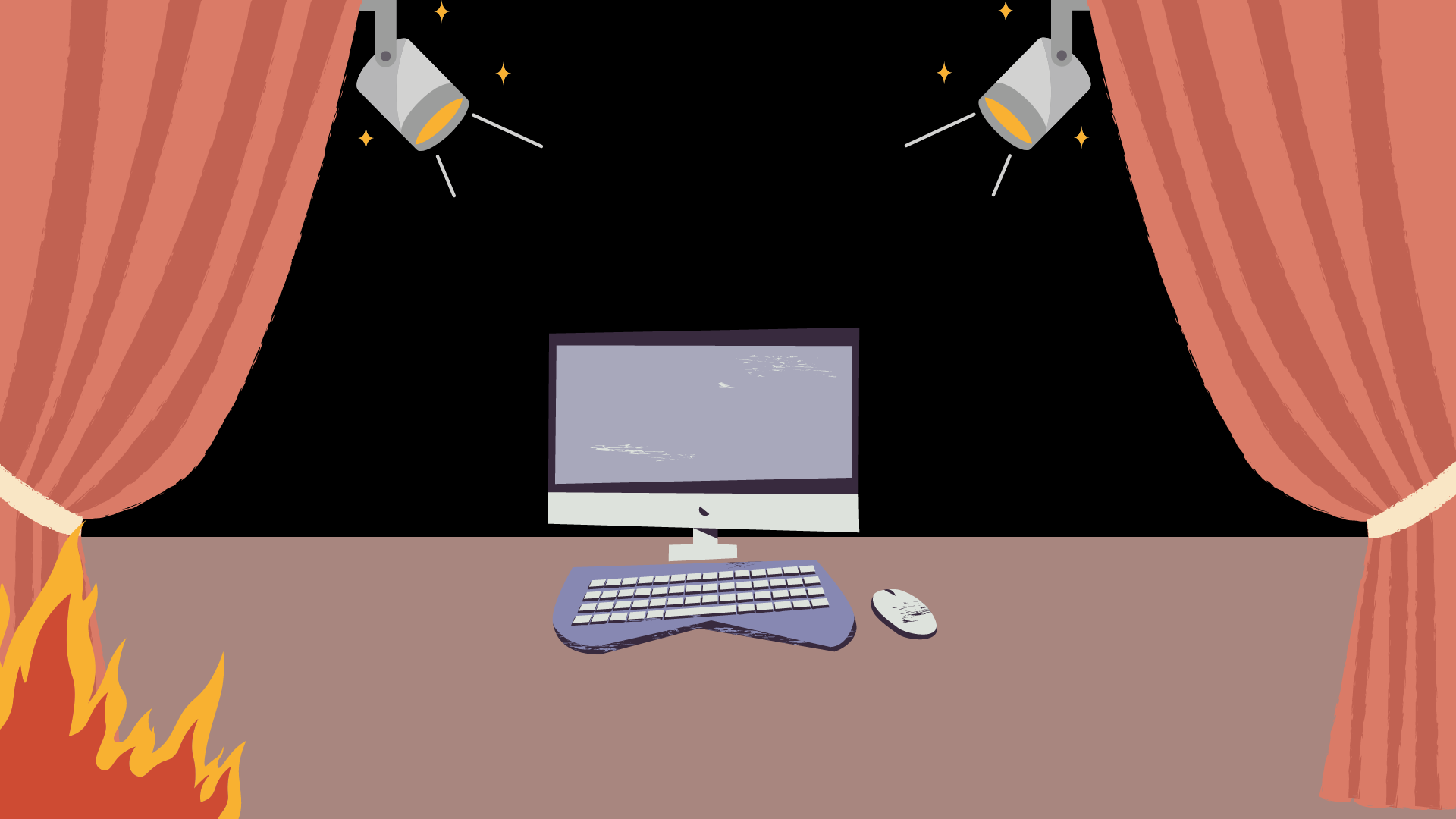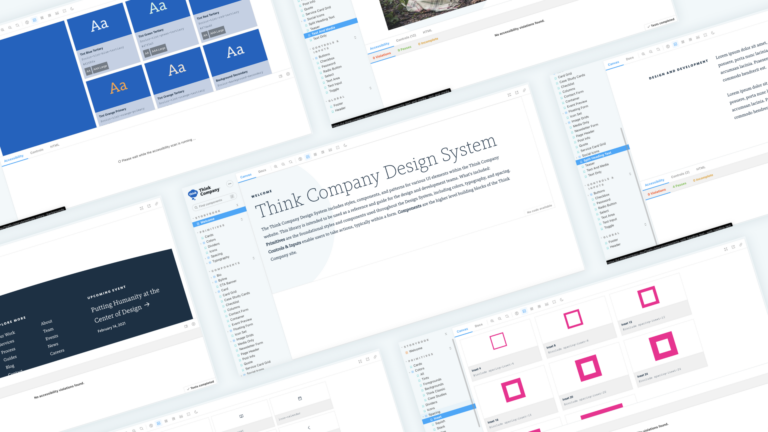“I don’t know why we’re talking about the website again. We invested $500k last year, and I sat through a million meetings—I thought the new site would last us at least through 2026.”
Sound familiar?
It’s a common trap: thinking about your enterprise website as a legacy behemoth that should get a new coat of paint (updated fonts, shined-up headers, a fresh feature on the CEO’s pet project) every few years. You release it with a lot of fanfare—the red velvet curtain parts, confetti falls from the ceiling, and everyone goes home happy.
Teams then spend the next 2-5 years seeing new needs arise and convincing leadership it’s time to invest in the site again to do a little more, only to be met with surprise and resistance. After enough time, the C-suite gets worn down, the enormous budget is approved, you find a new agency (a little better than the last one, you hope), and the process starts again.
At Think Company, we think this approach is bad for everyone involved—especially the customer who needs to use your website.
Thinking about your website as a product that should be improved iteratively rather than in big reveals is good for everybody—and great for your business.
Your website is a product
While it may have been true once that a website was like an office building—a fixed structure that got touched up every few years when it got a few too many cracks in the edges—that analogy doesn’t hold in our digital-first world. Treating your website like a static backdrop for (slowly-) evolving information isn’t enough for today’s customers.
Treating your website like a product, on the other hand, is a game-changer. Because in this digital environment, your website should evolve as often as your content. Like a well-designed digital product, this symbiotic relationship between structure and content creates a flexibility that allows your business to do three critical things well:
- Meet customer needs
- Meet business needs
- Establish a competitive advantage
Iterate your website to meet customer needs
Moving to an iterative model for your website gives your business the flexibility to respond to customer needs more quickly and accurately. You can promote services or case studies that relate directly to potential customers—or those you know you have upcoming meetings with. You can even tailor content to connect to a specific conference or marketing event you are attending or presenting at.
Iterating over time also allows you to adjust terminology and mental models to align with the industry’s zeitgeist. Meet the customer where they are and with words they use and know.
Meeting business needs, tweak-by-tweak
Nobody likes tech debt. Iterating often means there’s less useless information lying around, taking up space and getting in the way. It also means that rather than clearing out old content and designs in one grand sweep every few years, making customers learn how to navigate a new site every time, you can make little changes that are less disruptive. Your help desk gets less frustrated, confused customers asking how to do what they need to do.
Treating your website like a product also means you can A/B test on small incremental changes, finding the best solutions for you and your customers. This alleviates some risk and gives you insight into the most successful changes. In a “big reveal” model, that can be much more difficult (and painful) to try to pinpoint.
Lap your competition
Iterating your website over time is good for customers and your business and can help you gain—and keep—a competitive edge. Many companies are stuck in the cycle we talked about at the beginning, doing major overhauls every few years. If your team has gotten nimble enough to treat your website like a product and consistently make small changes over time, you can keep things fresh and evolve your site with your audience. This can have significant ramifications for getting ahead of your competitors.
A word on dedicated teams
You may be reading all this and thinking, “That sounds great, but who is doing all this iterating? How do I make space for this work in my design and development teams’ already busy schedule?”
That’s a good question. And in our experience, the answer is not to try.
Creating a team dedicated to working on your website may feel like a risk, but a dedicated team can work more quickly and efficiently than pulling resources from other groups. A dedicated team will have legacy knowledge of your site, remember and understand why decisions were made historically (and likely won’t repeat bad choices in the future), and invest in the product. A dedicated team is less likely to take shortcuts or go for short-term gains because this is their whole job.
We know. It’s an investment. But it’s worth (seriously) considering if you want to succeed.
Treating your website like a digital product is good for everyone
Your website isn’t an office building that should get a fresh coat of paint and some new plants every few years. It can—and should—be a digital product that is flexible and responsive to business and customer needs. When you have a dedicated team consistently evolving your website on an ongoing basis, your customers and business both benefit—and your competitors start to fall further behind.
Want to learn more about iterative development and what that could look like for your website? Talk to an expert.



